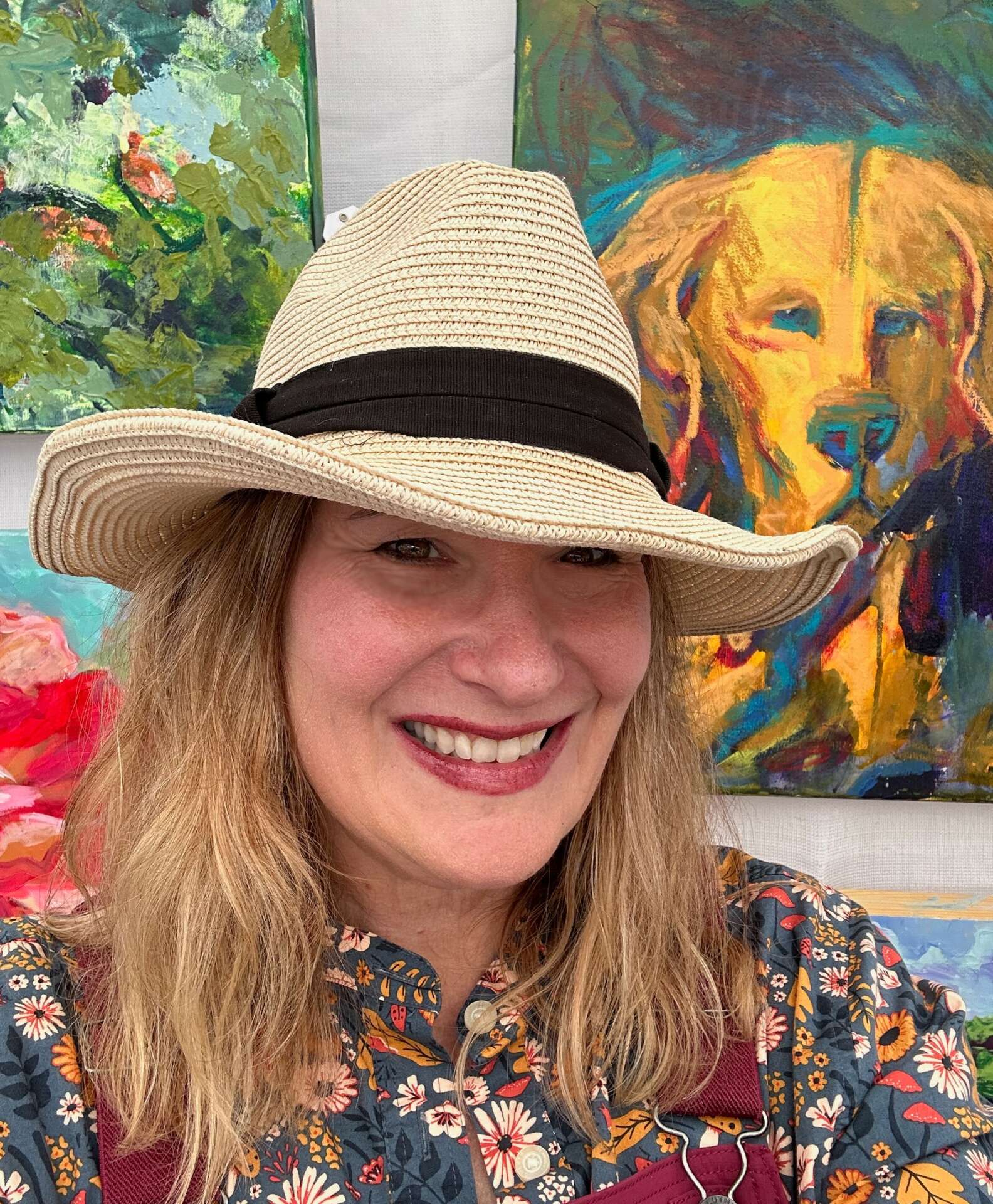Alright – so today we’ve got the honor of introducing you to Lee Jordan. We think you’ll enjoy our conversation, we’ve shared it below.
Hi Lee, thanks for joining us today. How did you learn to do what you do? Knowing what you know now, what could you have done to speed up your learning process? What skills do you think were most essential? What obstacles stood in the way of learning more?
While I was lucky enough to have formal learning from teachers and in college, I’m learning every day. For me the process of creating art is as important as the final work. It’s the journey of experimentation, discovery, frustration and triumphant rush of creating something new that motivates me. I use traditional and non traditional methods, tools and materials in my creative practice. If I get too comfortable then I’m in a stagnant place and not conveying the energy I want to express.
One mistake I made early on was not creating and practicing every day. I practice mark making on paper, canvas and other surfaces using any type of item that could be a tool. Last night I cut up a silicone makeup brush holder to make remover tools for a painting then used them to subtract a layer of wet paint from canvases. I use the ends of brushes, old, gnarly brushes, suction cups, lids, crumpled paper and plastic, forks and other items to add and subtract paint from surfaces. I do this both for early background layers and during the final stage to add texture, depth and energy. Experimenting with different brushes, found tools and palette knives makes an almost limitless variation of marks possible.
I’ve also taken classes with many different artists to accelerate my learning. The skill of seeing like an artist, turning on the “right brain” is the most essential skill for whatever creative adventure is in store. Learning their approaches to color, mark making, composition has challenged me to continue to grow. I took a portrait class with Mary Qian, and was so frustrated by the end of the first day. I was trying so hard and the paintings did not look how I wanted them too. I watched her make sweeping, martial gestures with large brushes and expertly dab paint in just the right places. She kindly took me aside on the third day and showed me with just a few slight adjustments what I was missing. I was so close. I had to let go of the emotions I was feeling about learning and trying to create so I could really learn. Learning as an artist is mental. When something is hard to do, working through that is part of the process of learning even when it’s painful to face.
Another way I learn is by keeping a creative journal or art pages. Writing down my thoughts helps me uncover areas I need to grow or ideas that are important to me. It’s often messy and not beautiful. The goal is to have a safe space to dump all the random thoughts and plans out of my head so I can focus on creative work.
Growing my abilities in the “craft” comes from the practice of creating, learning from others and keeping a journal. I think each artist needs to discover what ways work best for them. The key to learning the craft is to be open to it and take action. It doesn’t matter if it ends up being something long term. Picking one thing to do for the sake of learning will bear its own fruit.
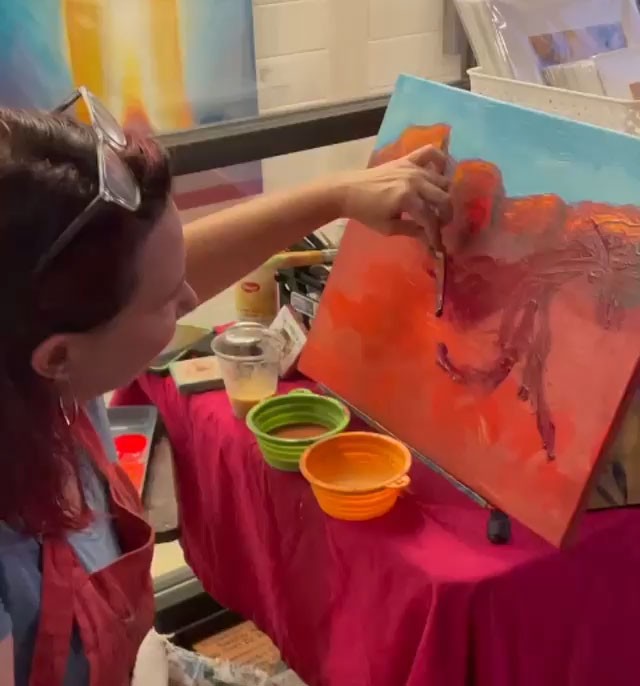
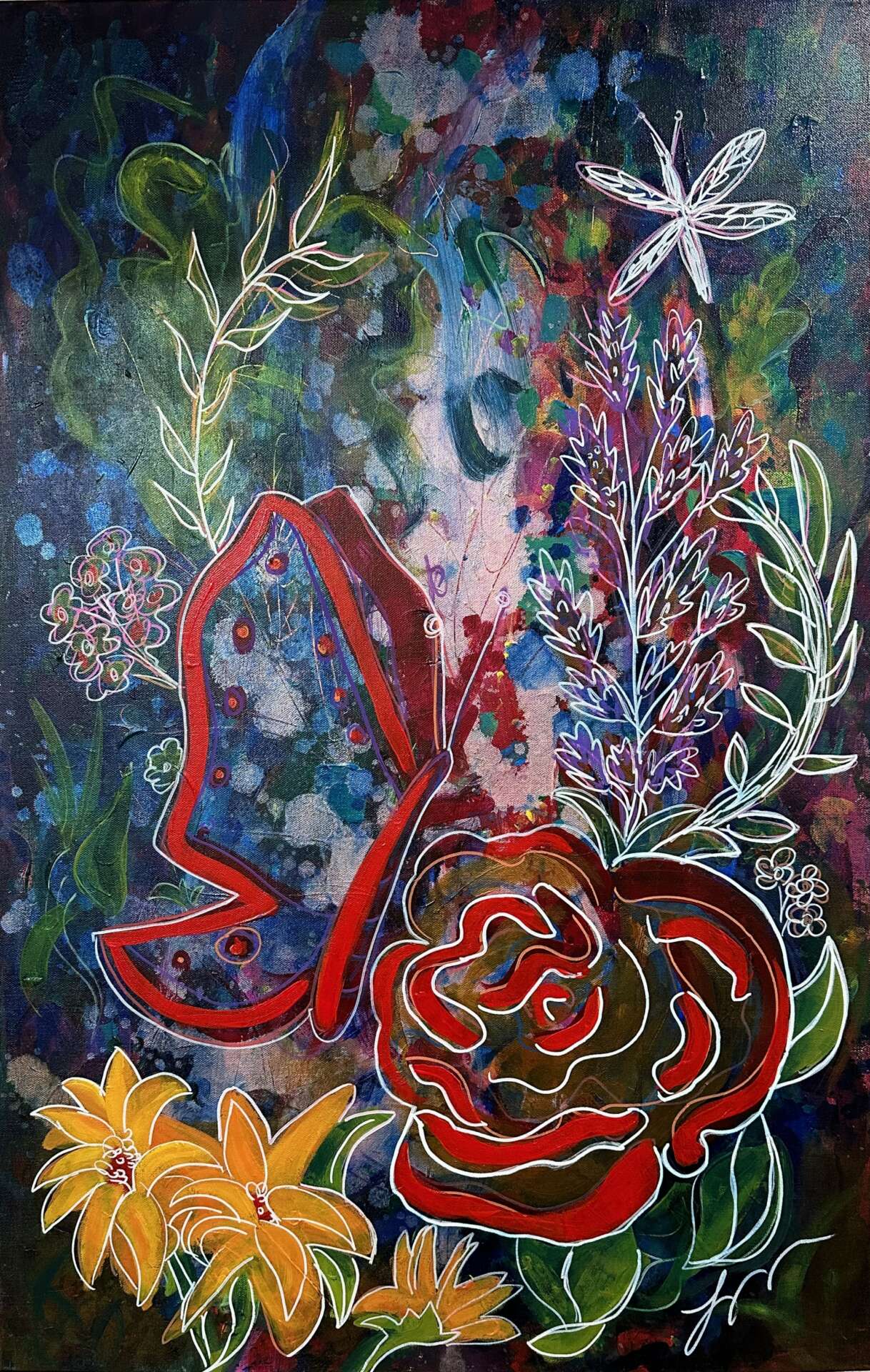
Great, appreciate you sharing that with us. Before we ask you to share more of your insights, can you take a moment to introduce yourself and how you got to where you are today to our readers.
I’ve been creating since I was small. One of my family friends was an art teacher, so I had early access to painting and drawing. It was thanks to her emphasis on gesture drawing and foundational skills that I scored a 5 out of 5 in AP Art Drawing, convincing my parents to gift me with an adjustable drawing table I still have today. I attended Florida State University, where I studied under painter Mark Messersmith and earned a B.F.A in studio art while exploring print making, digital art, photography, sculpture and painting.
No matter what I did I could not escape the thrill of mark making with whatever tools I could find. This stayed with me after I graduated and struggled with finding a balance between a creative life and paying bills. Then I became a parent, and my creative practice slowed to a trickle of occasional paintings and shows while I worked full time as a front end developer and ux/ui designer and mom of two. In 2019, myself and a few other artists, banded together to create the non-profit Arts Alliance Center with a mission to offer opportunities for people in the Atlanta area to show their work and provide classes and workshops for our local community. A spark was starting to grow in me again as we sponsored shows for creatives and I began teaching classes at a local library.
Both of my children became adults during the pandemic and what we went through accelerated my renewed focus on art. Life was too short. I decided to face my fears of showing my work and dedicate time to being a part of my local community. I updated my website, www.lsjart.com and began painting live at pop up events and setting up at local art fairs and markets, offering original art, commissions and prints. The response to my work was overwhelming and fed my soul. I started doing large scale painting commissions for clients and showed work in local galleries. This year, I am a founding resident artist of a new local studio, where I have a dedicated creative space and teach classes.
The work I create is deliberately expressive and abstracted to express the energy of life and themes of hope, resilience and change. I do a lot of research and create sketches and color studies as part of my process. This creates a subconscious pool of ideas for when I am creating that allows me to pull from reality and be inspired by memories and emotions. For me the process of making art is an exciting mix of exploration and experimentation. Layers and layers of mixed media are added and subtracted to give different textures and effects on paper, wood, and canvas. Every mark and color choice is part of the visual story. Viewers can experience the work at a distance and see expressive lines and colors or closely with noses almost touching the painting to find hidden symbols and details.
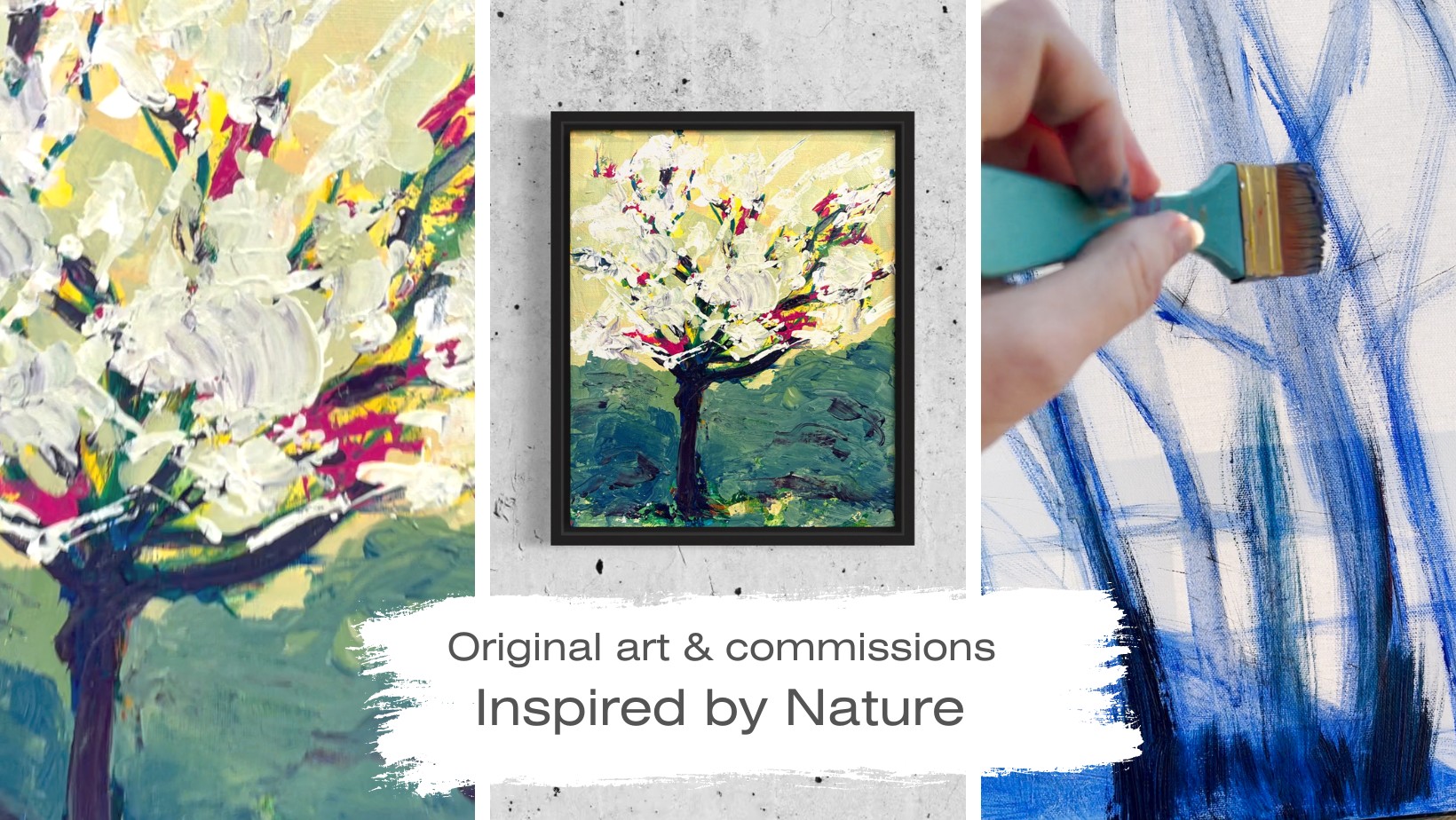
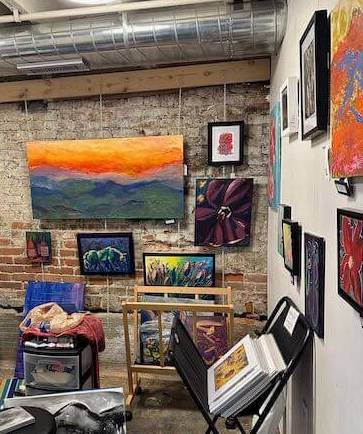
What do you find most rewarding about being a creative?
Every day is a chance to create something that brings hope and makes the world a better place, one painting at a time. The best thing about being an artist is the thrill of creating something new that has never existed before. There is a magic and mystery to it and I can never and don’t try to predict exactly how my paintings will turn out. The journey of creating a piece and the unexpected twists, turns and final outcome are also a mirror for what life is like. I believe this approach brings energy and honesty to my work.
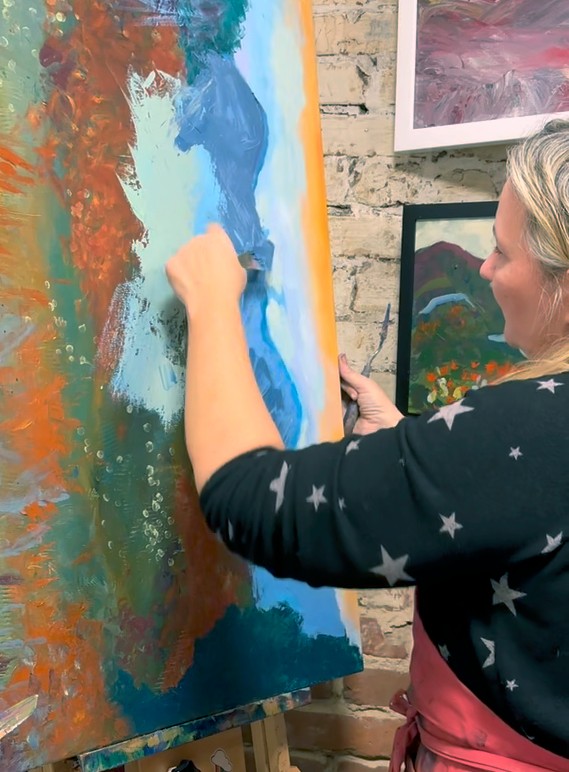

We’d love to hear your thoughts on NFTs. (Note: this is for education/entertainment purposes only, readers should not construe this as advice)
I think NFTs in their current form are exploitative of artists and buyers. This is only my opinion and not advice, and some artists have created them and enjoy doing so and that’s cool it’s their choice. My experience has been the people in the middle and with the infrastructure benefit the most. Artists have to pay to have the NFTs registered, and lose rights to control their work. With any new technology or opportunity, it’s important to look at the pros and cons.
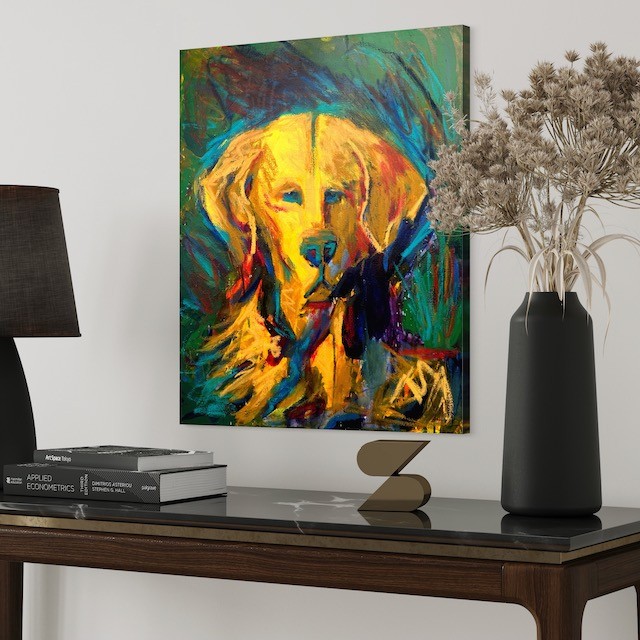
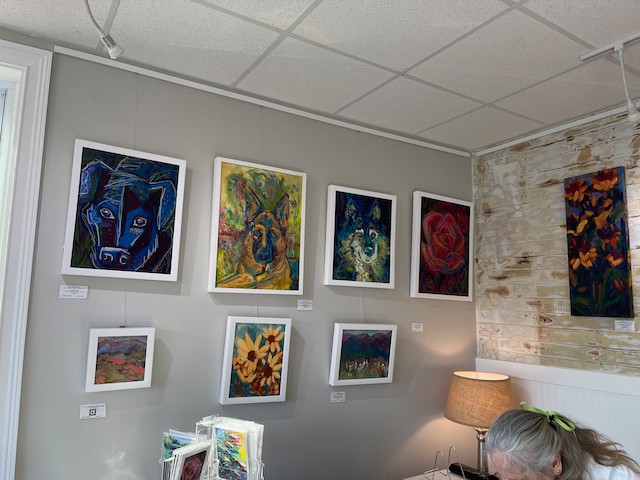
Contact Info:
- Website: www.lsjart.com
- Instagram: https://www.instagram.com/lsjart/
- Facebook: https://www.facebook.com/lsjart
- Youtube: https://www.youtube.com/@lsjart
Image Credits
Lee Suzanne Jordan


